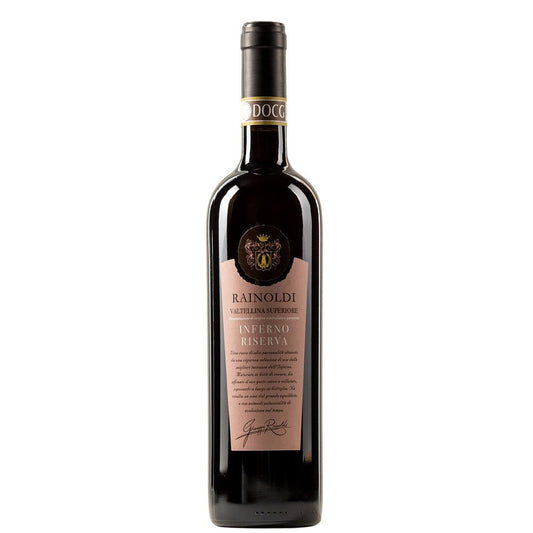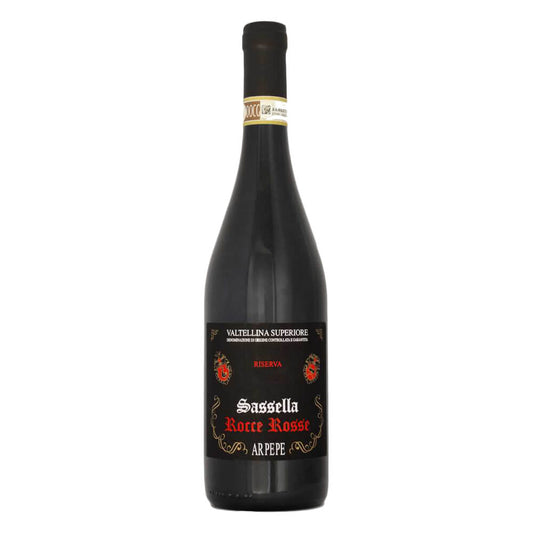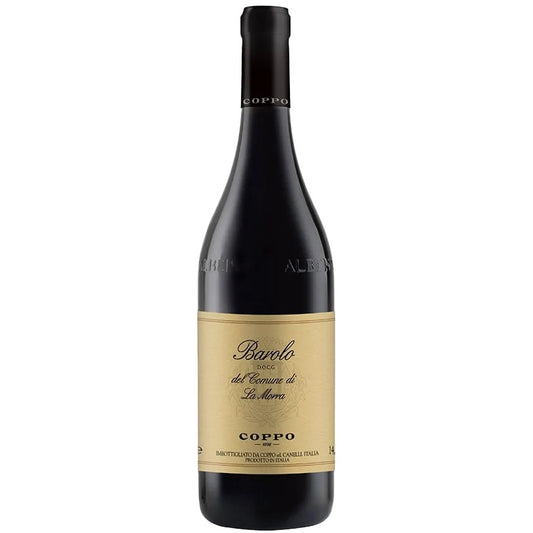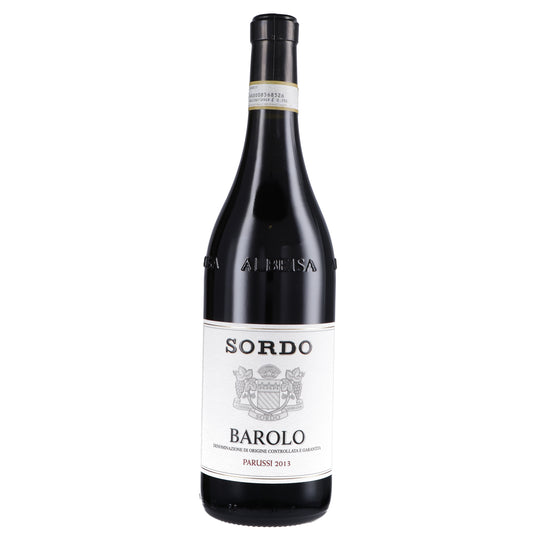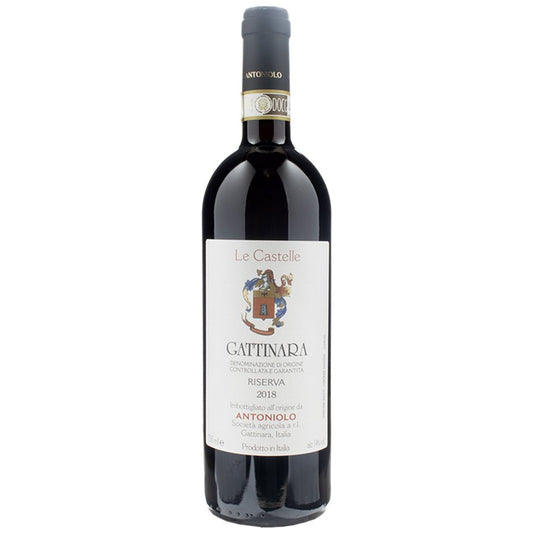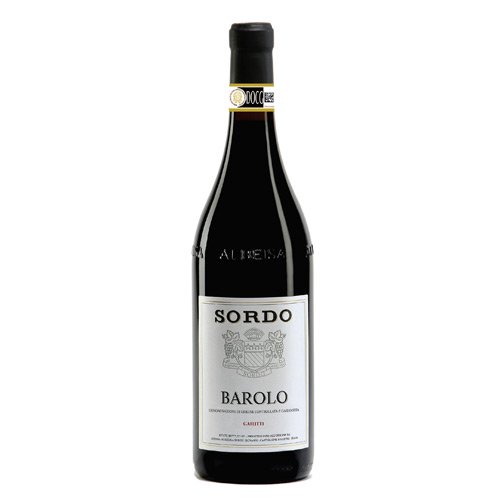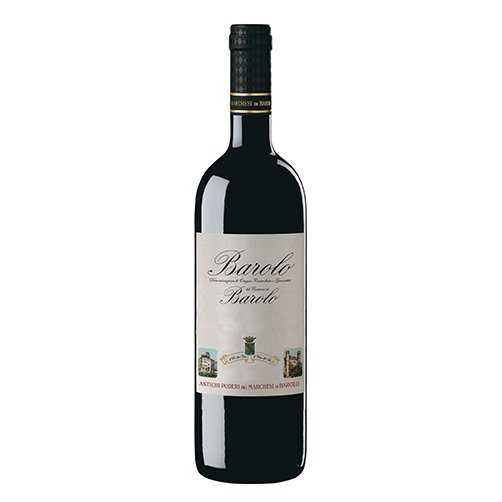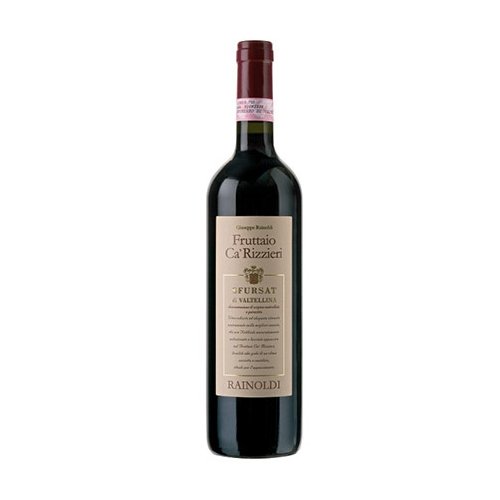Nebbiolo is one of Italy's most noble red grape varieties and, in the Langhe region, it produces fine red wines that are famous throughout the world, such as Barolo and Barbaresco, two symbols of Piedmont.
In this section of our online wine shop, you will find all the best Nebbiolo-based wines, from Nebbiolo d'Alba to Barolo, from Gattinara to the reds of Valtellina.
What kind of wine is Nebbiolo?
Widespread in Piedmont, Val d'Aosta and Lombardy, Nebbiolo has unique characteristics, starting with its colour: dull red and garnet even when young.
The recognisable notes on the nose are those of wild berries and violets, and sometimes ethereal hints; on the palate, the tannins are evident, together with earthy sensations.
Nebbiolo in Piedmont
It is grown throughout Piedmont, from the Langhe where Barolo and Barbaresco are produced in the Alba area, to Upper Piedmont in the Gattinara, Ghemme and Boca appellations, in Roero and on the border with Val d'Aosta, in Carema.
Each area produces different wines, from the simplest and most immediate Langhe Nebbiolo to the more complex and structured Barolo.
Chiavennasca, the Nebbiolo of Lombardy
In Lombardy, it is widespread in Valtellina, where it is called Chiavennasca: this area produces wines that focus on fruit and elegance, such as Sassella; Valtellina also produces Sfursat, Sforzato, a red wine made from dried Nebbiolo grapes.
.
What to pair Nebbiolo with?
Nebbiolo-based wines are perfect with earth-based cuisine and noble, important dishes, from truffles to braised meats.










